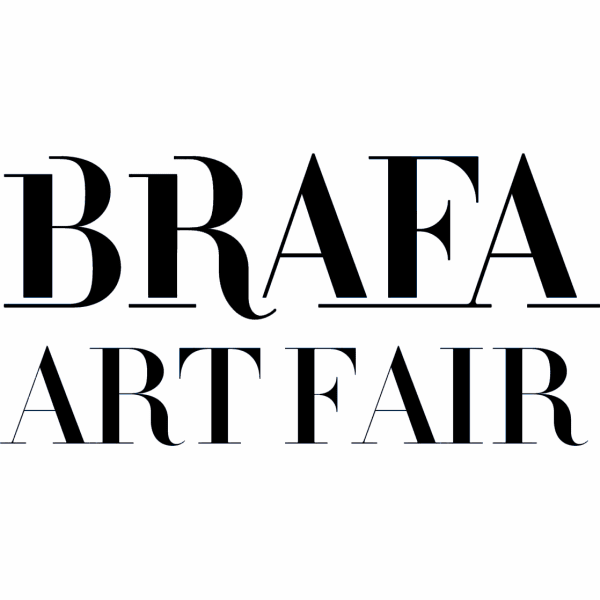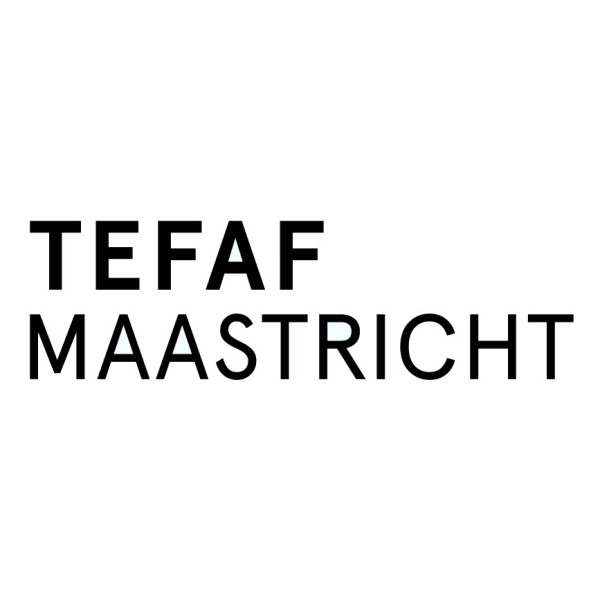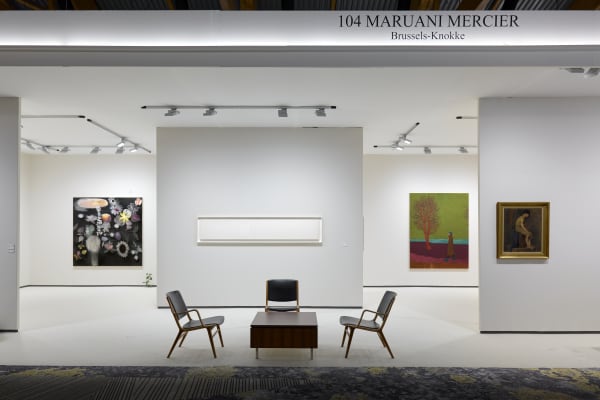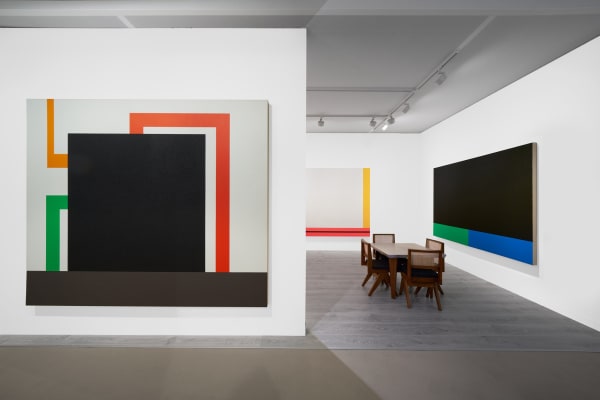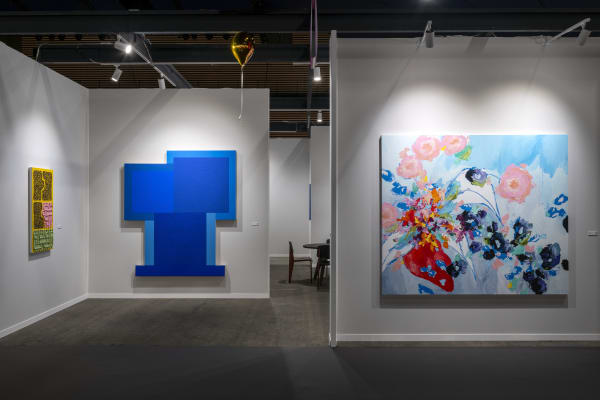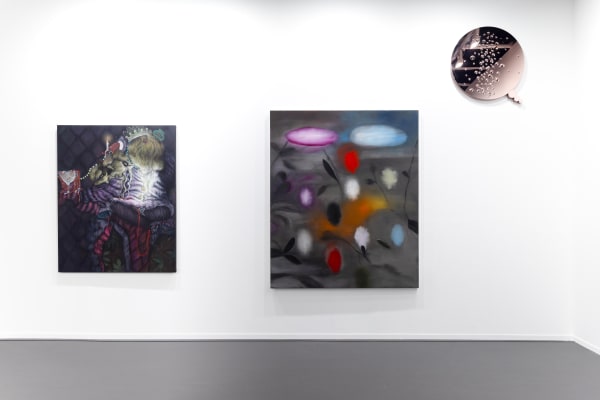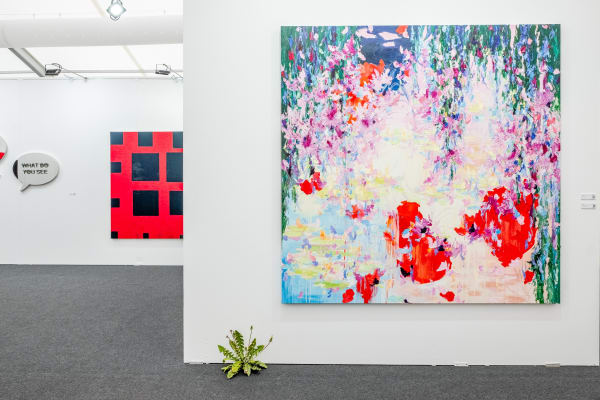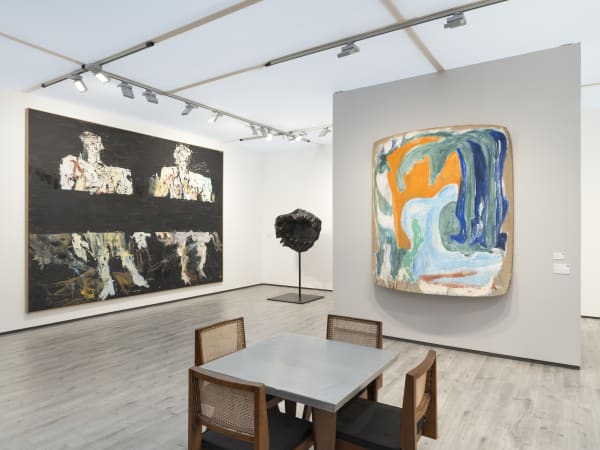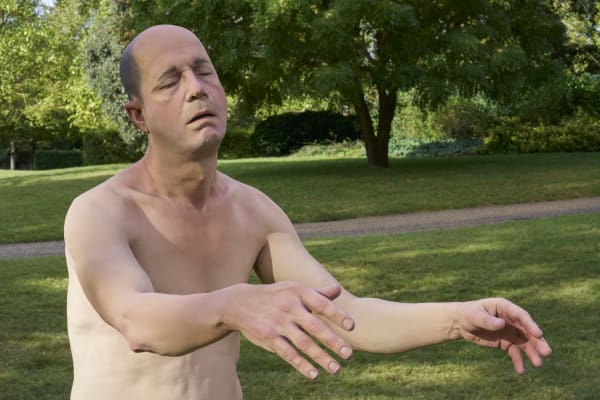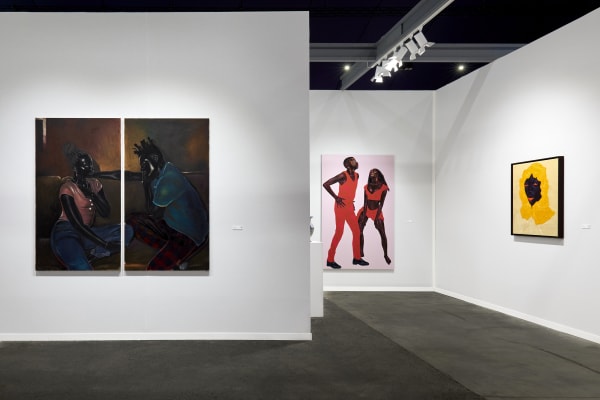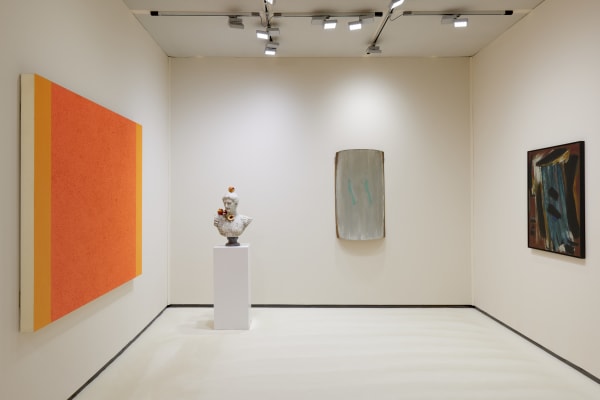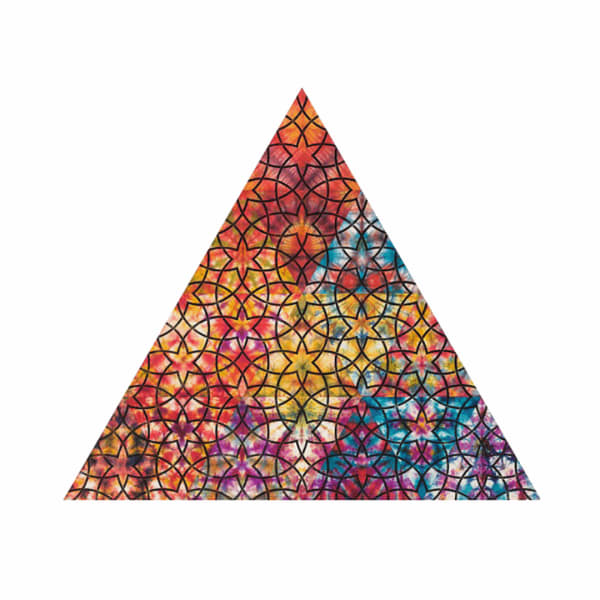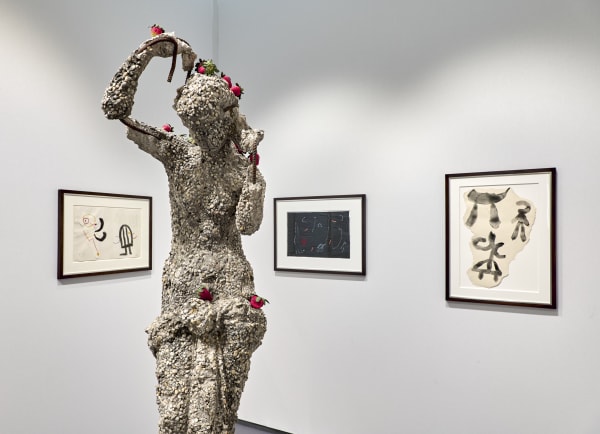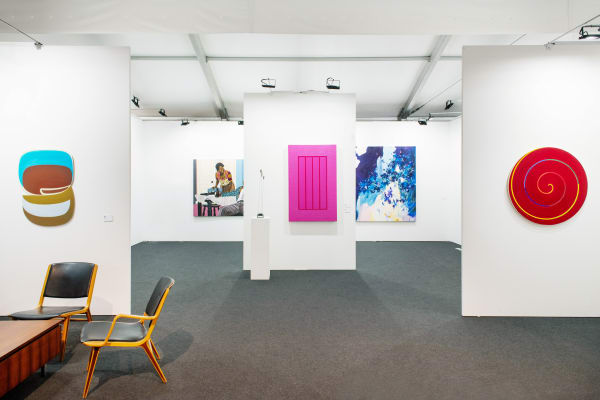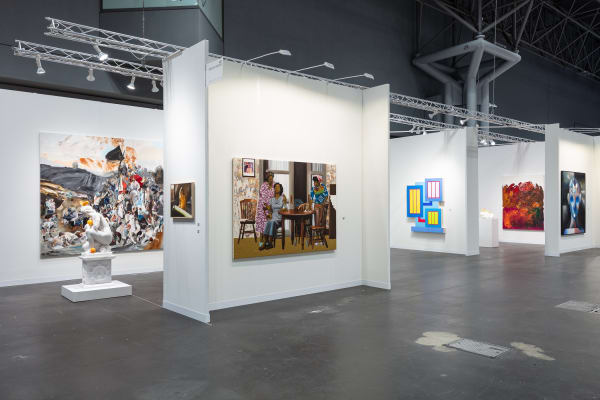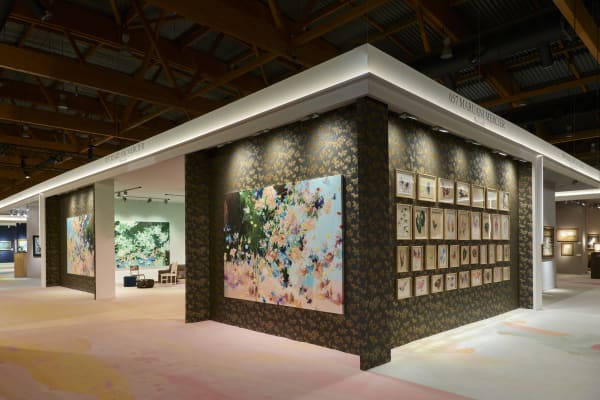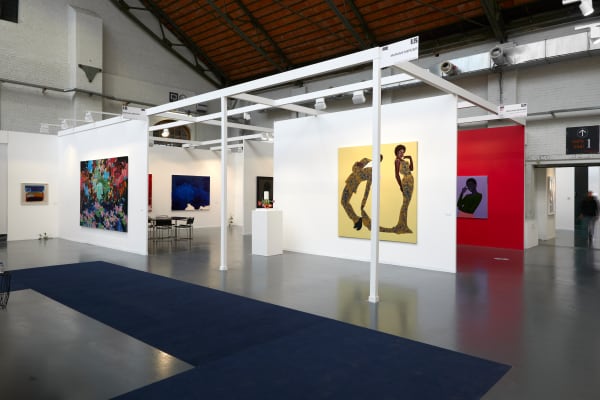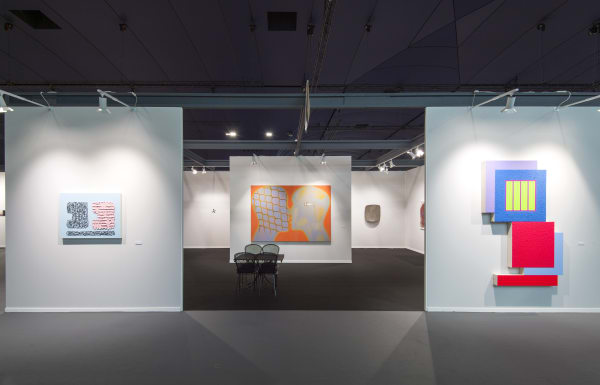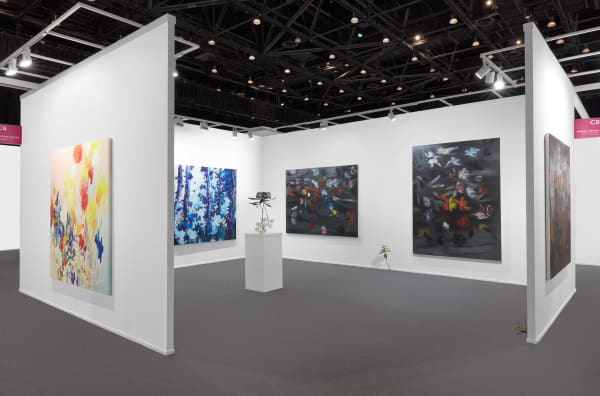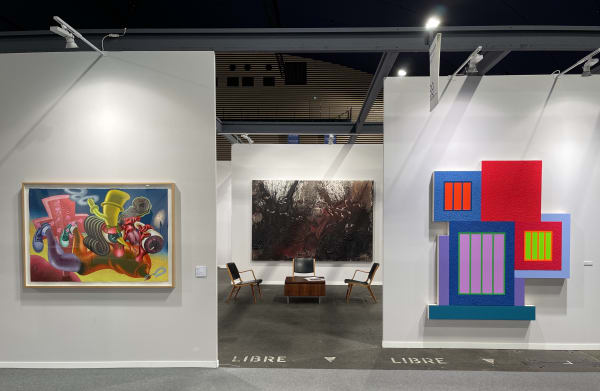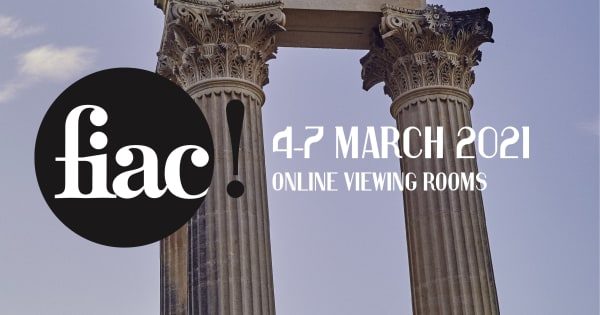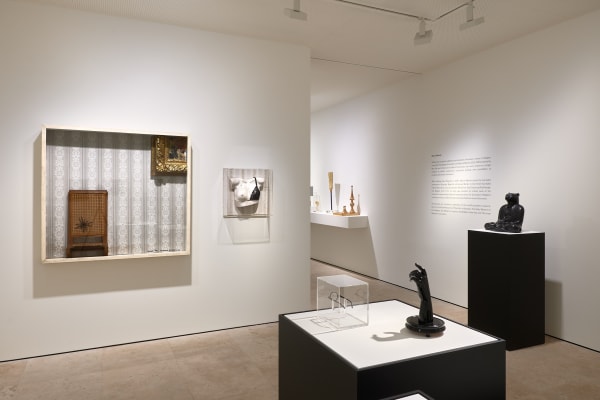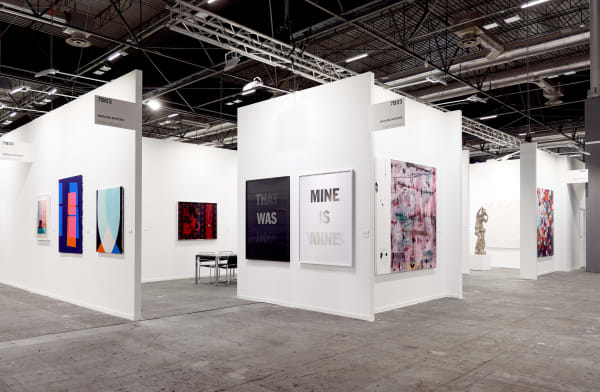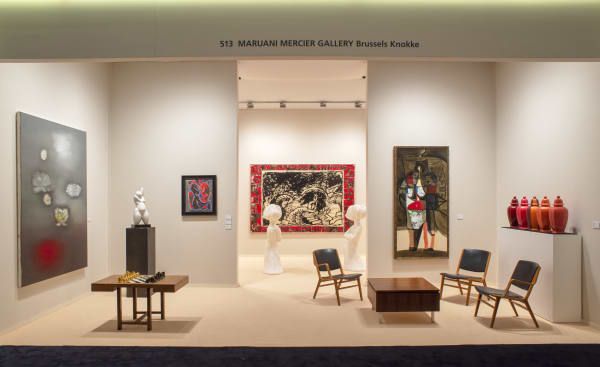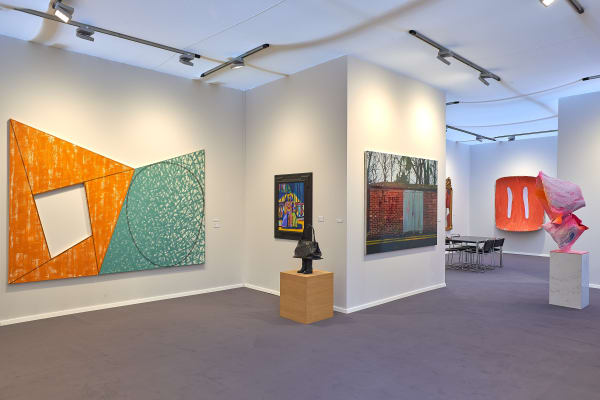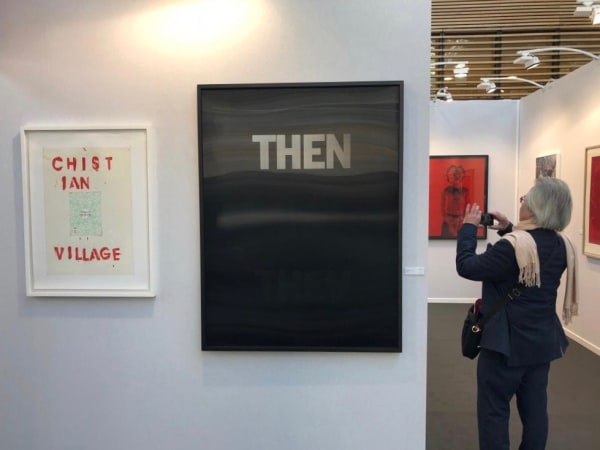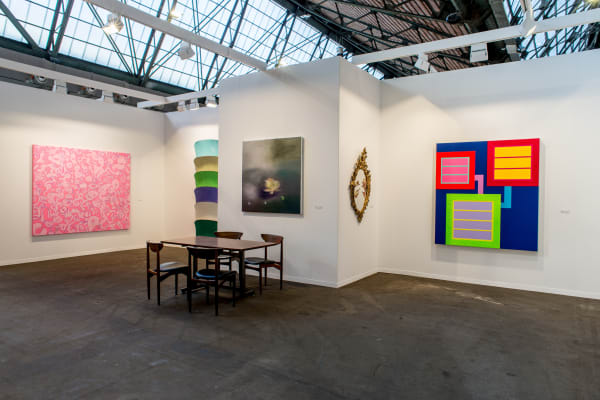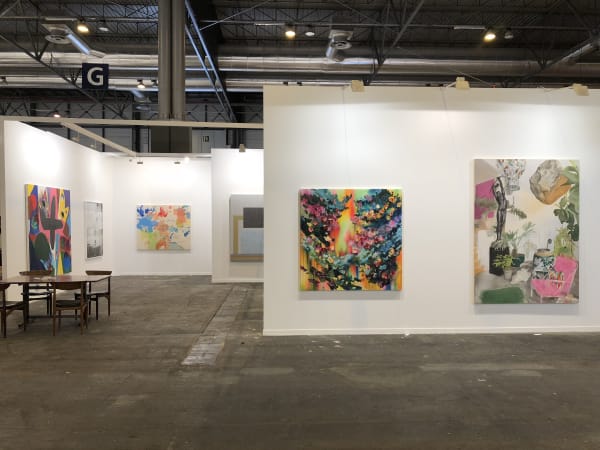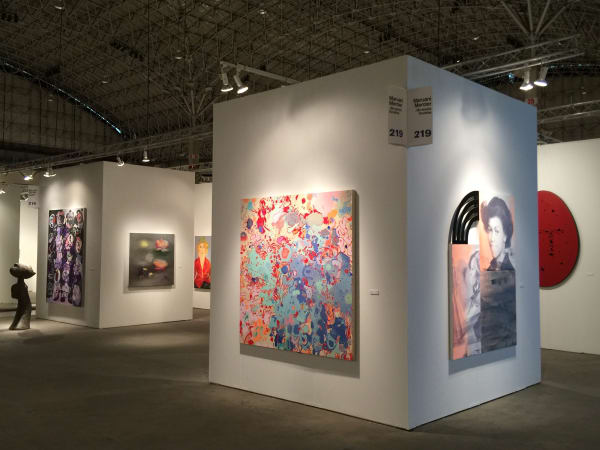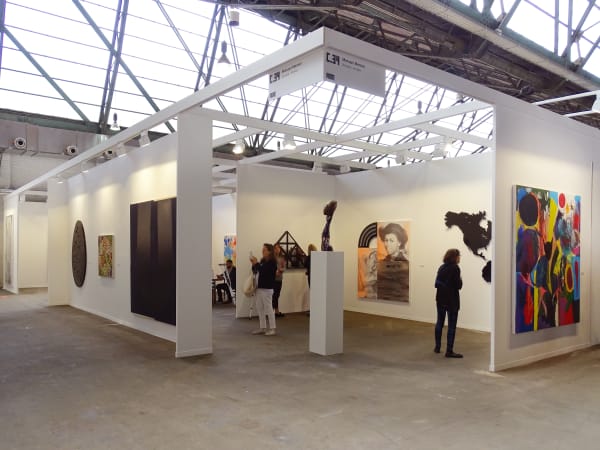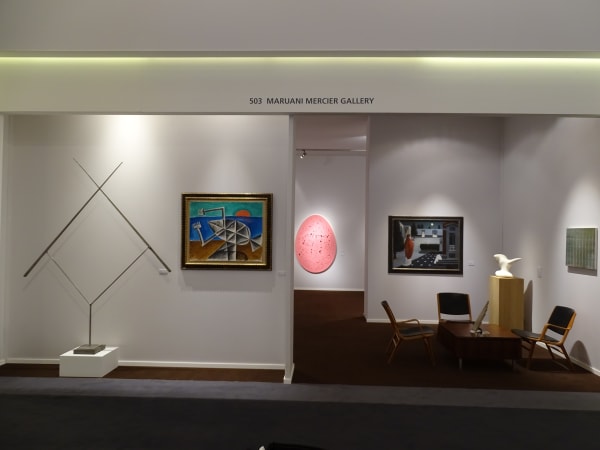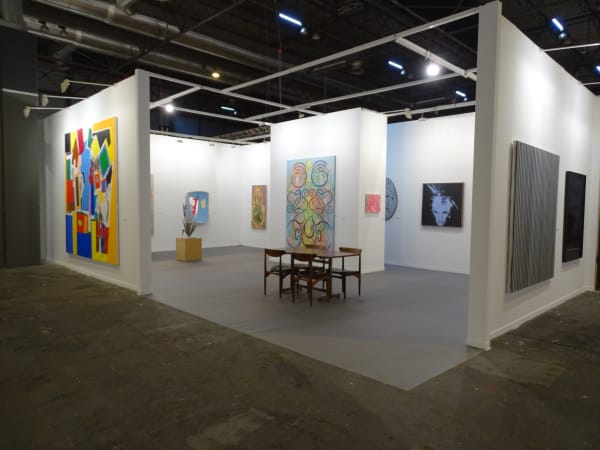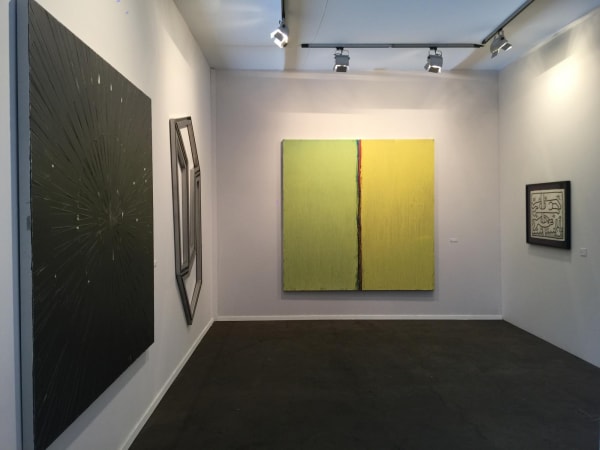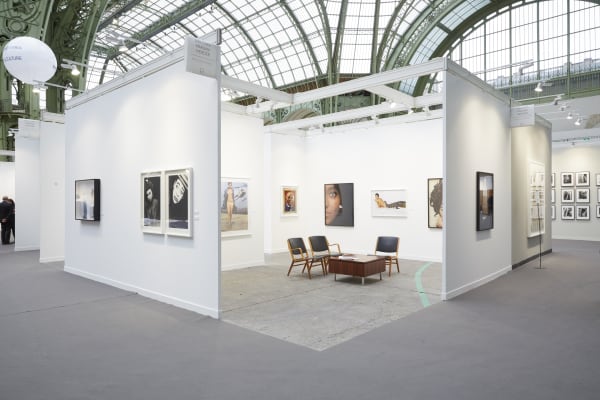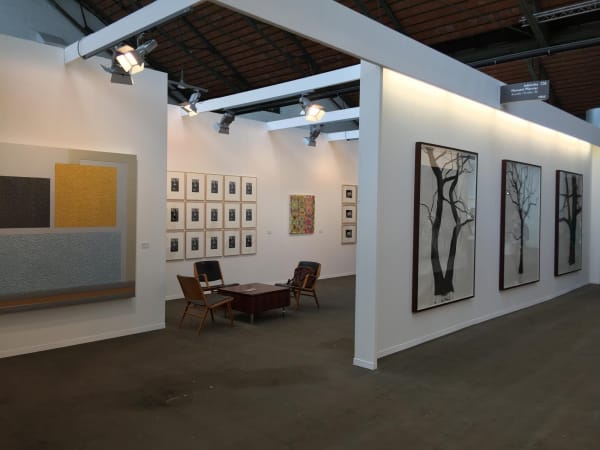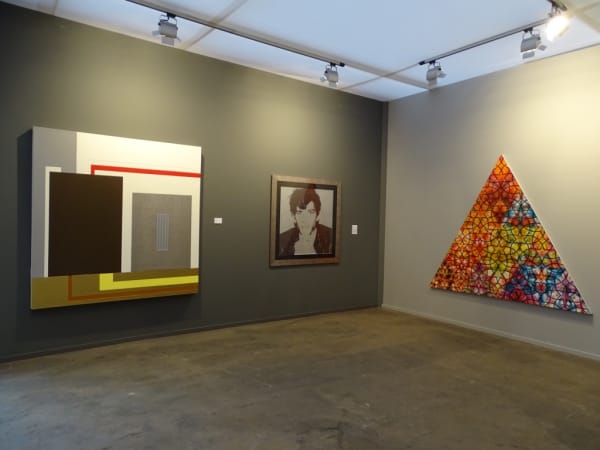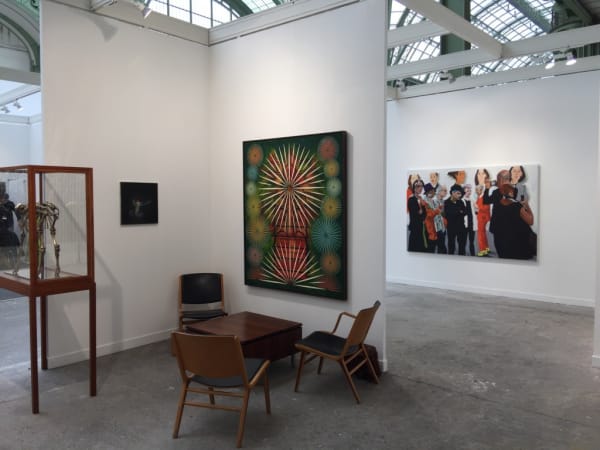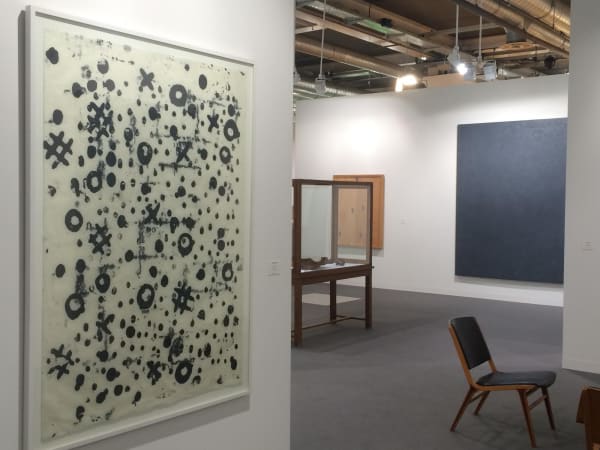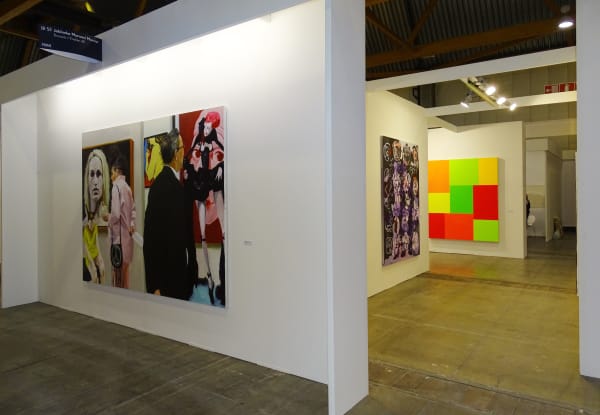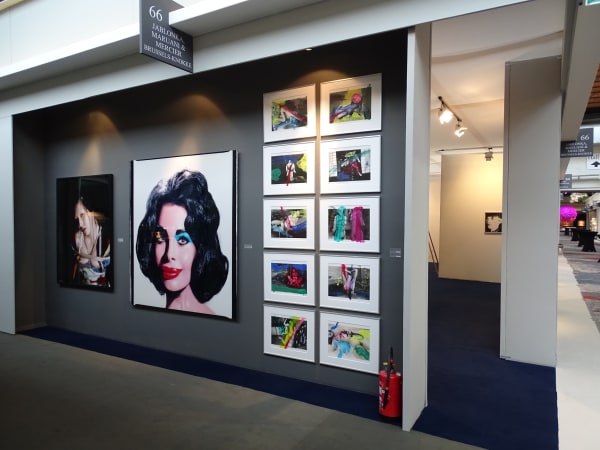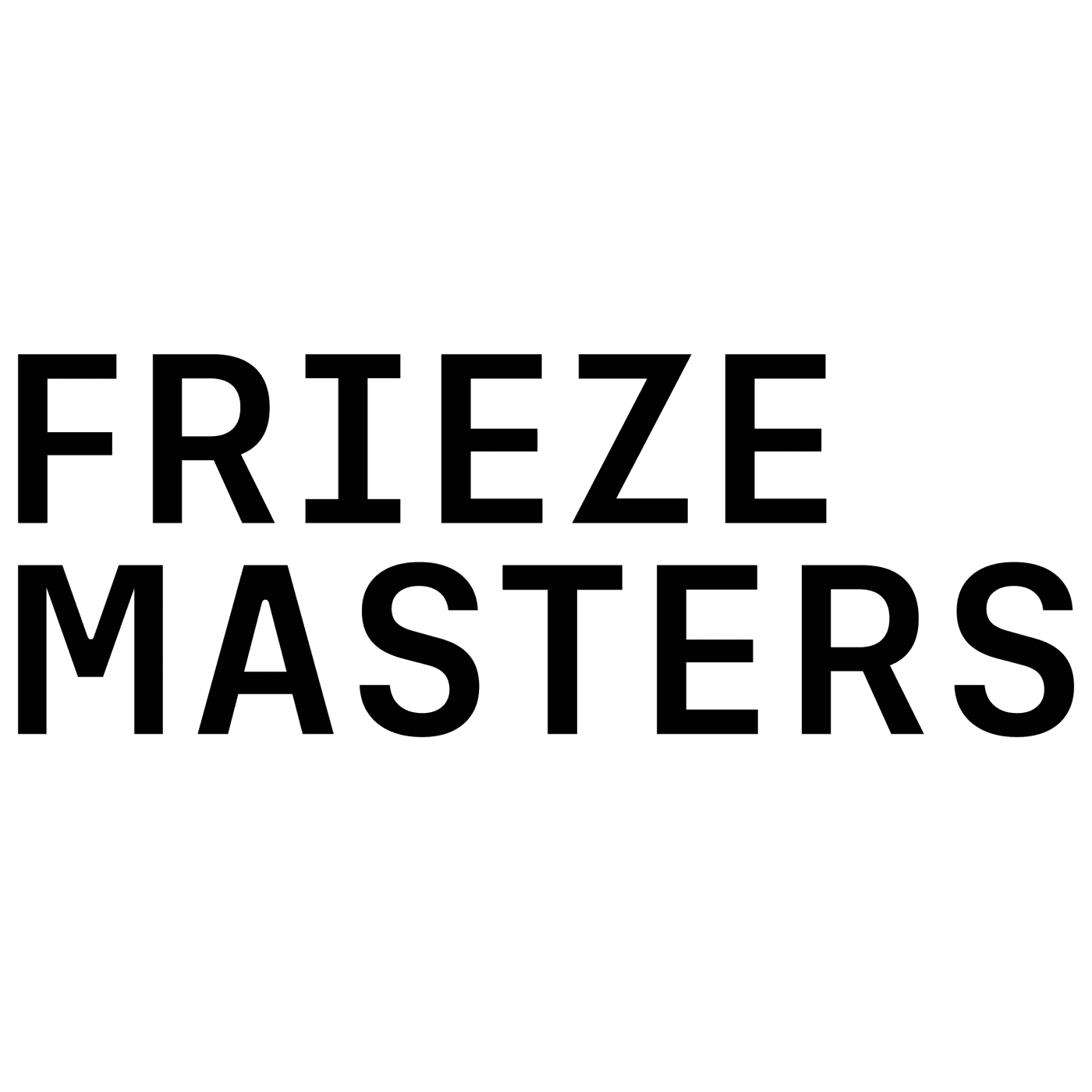
Frieze Masters 2025
15 - 19.10.2025
Art Basel Miami 2025
3 - 7.12.2025
BRAFA 2026
23.01 - 1.02.2026
TEFAF Maastricht 2026
13 - 20.03.2026
Art Basel Hong Kong 2026
27 - 29.03.2026

Art Brussels 2025
24 - 27.04.2025 We look forward to returning to the 41st edition of Art Brussels with a group exhibition highlighting an eclectic range of works by artists including Ross Bleckner , Jaclyn Conley... Read more
Art Basel Hong Kong 2025
28 - 30.03.2025 MARUANI MERCIER is proud to present it's duo exhibition Painter - Sculptor featuring artworks by Jaclyn Conley and Tony Matelli at Art Basel Hong Kong 2025. This year’s edition highlights... Read more
BRAFA 2025
26.01 - 2.02.2025 We are pleased to return to BRAFA, celebrating its 70th edition, where we will present a group of historic works in tandem with contemporary highlights from our program, featuring Ross... Read more
Frieze Masters 2024
9 - 14.10.2024 MARUANI MERCIER is delighted to present a distinguished collection of artworks at Frieze Masters 2024, featuring important pieces by Le Corbusier , Ross Bleckner , Alonzo Davis , Günther Förg... Read more
The Armory Show 2024
6 - 8.09.2024 We are excited to return to The Armory Show, presenting a selection from our expanding roster of distinguished artists. Discover captivating works of our newly represented talents: Victor Ehikhamenor ,... Read more
Art Basel 2024
13 - 16.06.2024 In honour of MARUANI MERCIER’s more than two-decade relationship with prolific American artist Peter Halley , the gallery will present the master colourist’s paintings from the 1980s for their debut... Read more
Art Brussels 2024
25 - 28.04.2024 We look forward to returning to the 40th edition of Art Brussels with a group exhibition highlighting an eclectic range of works by artists including Kwesi Botchway , Jaclyn Conley... Read more
Art Paris 2024
4 - 7.04.2024 We are thrilled to return to Art Paris 2024 with a selection of modern and contemporary works by Ojo Ayotunde , Ross Bleckner , Kwesi Botchway , Jaclyn Conley ,... Read more
Art Dubai 2024
1 - 4.03.2024 We are delighted to return to Art Dubai with an exquisite range of works by artists exemplary of our dynamic programme. This presentation includes a captivating floral opus by the... Read more
BRAFA 2024
28.01 - 4.02.2024 We are pleased to return BRAFA where we will present a group of historic works in tandem with contemporary highlights from our program, featuring Marina Adams , Ross Bleckner ,... Read more
Luxembourg Art Week 2023
9 - 12.11.2023 Luxembourg Art Week, the international contemporary art fair in Luxembourg, each year presents a selection of international cutting-edge galleries, young emerging art galleries, institutions, and artist-run spaces that offers the... Read more
Frieze Masters 2023
11 - 15.10.2023 The gallery is pleased to return to Frieze Masters London, bringing with them a selection of iconic artists from nearly every decade within the 20th century. Exceptional paintings, sculptures, and... Read more
Frieze Sculpture 2023
Featuring Tony Matelli's 'Sleepwalker'20.09 - 29.10.2023 The gallery is pleased to present Tony Matelli's iconic hypperrealist sculpture Sleepwalker (2014) at Frieze Sculpture 2023 at The Regent's Park in London, curated by Fatoş Üstek. Tony Matelli (b.... Read more
Armory Show 2023
8 - 10.09.2023 We are thrilled to return to The Armory Show this year with a focus on three exceptionally talented young painters, Kwesi Botchway, Jaclyn Conley, and Johnson Eziefula, following successful solo... Read more
Art Brussels 2023
20 - 23.04.2023 We look forward to returning to the 39th edition of Art Brussels with a selection of works by Cornelius Annor, Jaclyn Conley, Johnson Eziefula, Peter Halley, Tony Matelli, Hermann Nitsch,... Read more
Art Paris 2023
30.03 - 2.04.2023 We look forward to welcoming you to our booth at Art Paris where we will present a selection of modern and contemporary works by Kwesi Botchway, Jaclyn Conley, Johnson Eziefula,... Read more
TEFAF 2023
11 - 19.03.2023 We are pleased to return to TEFAF Maastricht with a selection of important modern and contemporary works by Pierre Alechinsky, Ross Bleckner, Chu Teh-Chun, Ron Gorchov, Peter Halley, Keith Haring,...
Art Dubai 2023
3 - 5.03.2023 We are pleased to return to Art Dubai 2023 with a group of work by pioneering contemporary artists including Cornelius Annor, Ross Bleckner, Kwesi Botchway, Ron Gorchov, Peter Halley, Tony... Read more
BRAFA 2023
29.01 - 5.02.2023 MARUANI MERCIER Gallery is pleased to return to this year's edition of BRAFA with a selection of artists reflecting their dynamic modern and contemporary program. Works by household names including... Read more
Art Antwerp 2022
15 - 18.12.2022 We are pleased to return to Art Antwerp for its 2nd edition, bringing with us a vibrant selection of works by Cornelius Annor, Ross Bleckner, Kwesi Botchway, Jaclyn Conley, Ron... Read more
Luxembourg Art Week 2022
11 - 13.11.2022 For Luxembourg Art Week's 8th edition, we are pleased to present works by a group of artists highlighting our dynamic program including Carl Andre, Cornelius Annor, Ross Bleckner, Kwesi Botchway,... Read more
Frieze Masters 2022
12 - 16.10.2022 Frieze Masters offers a unique contemporary perspective on thousands of years of art history, from collectible objects to significant masterpieces from the ancient era and Old Masters to the late... Read more
The Armory Show 2022
9 - 11.09.2022 A cornerstone of New York's cultural landscape since its founding in 1994, The Armory Show brings the world's leading international contemporary and modern art galleries to New York each year.... Read more
TEFAF Maastricht 2022
25 - 30.06.2022 MARUANI MERCIER is pleased to return to TEFAF MAASTRICHT, presenting a distinct group of modern masters in tandem with a selection of groundbreaking contemporary artists including Ross Bleckner, Francesco Clemente,... Read more
BRAFA 2022
19 - 26.06.2022 For this year’s edition of BRAFA, we are pleased to present a solo exhibition of Arne Quinze, the fair’s guest of honour. Quinze will take over the gallery’s booth walls,... Read more
Art Brussels 2022
28.04 - 1.05.2022 Founded in 1968, Art Brussels is one of the most renowned contemporary art fairs in Europe and a must-see in the international art calendar. This year, we have the honour... Read more
Art Paris 2022
6 - 10.04.2022 This year, we will contribute to the fairs' theme 'Art & Environment' with four of our represented artists, who each have a strong connection with nature: Ross Bleckner, Justin Brice,... Read more
Art Dubai 2022
9 - 13.03.2022 For this edition of Art Dubai, MARUANI MERCIER Gallery proposes three of our internationally celebrated artists invigorated by nature to express their vision on the world, Ross Bleckner, Tony Matelli,... Read more
Art Antwerp 2021
16 - 19.12.2021 OPENING DAY Thursday 16 December 2021 Preview | 10 am – 4 pm Vernissage | 4 pm – 8 pm PUBLIC DAYS Friday 17 December 2021 Saturday 18 December 2021... Read more
FIAC 2021
Online Viewing Room20 - 25.10.2021 MARUANI MERCIER proposes a selection of established Afro-American artists. Though varied in medium, their art is connected through powerful personal statements that battle historical and contemporary topics such as racism,... Read more
Art Paris 2021
9 - 12.09.2021 MARUANI MERCIER is honoured to present a selection of artworks from young and established artists for the occasion of the 23rd edition of Art Paris . The selection will include... Read more
TEFAF Maastricht 2021
Online9 - 13.09.2021 No other art fair can celebrate the collecting experience quite like TEFAF. This year’s TEFAF Online edition will explore the theme of The Art of Collecting across 7,000 years of... Read more
The Armory Show 2021
9 - 12.09.2021 MARUANI MERCIER is pleased to announce a solo presentation of Tony Matelli’s Arrangements at the 2021 Armory show in New York, New York. Debuting at the Armory fair are entirely... Read more
Art Brussels Week 2021
3 - 6.06.2021 For the Art Brussels WEEK, galleries will be open from Thursday 3 June through Sunday 6 June from 11am to 6pm. Our gallery is excited to participate on wo locations... Read more
ARCO Madrid 2021
E-xhibitions10.03 - 15.04.2021 E-xhibitions is a space devoted to the presentation of exhibitions created by the participating galleries at ARCOmadrid and ARCOlisboa. Read more
FIAC 2021
Online Viewing Room4 - 7.03.2021 It's rendez-vous online! Discover a selection of historical and new works of the gallery’s most important and internationally acclaimed artists. Read more
BRAFA in the galleries
27.01 - 7.02.2021 The Brafa Art Fair, created in 1956, is one of the world’s oldest and most prestigious art fairs, famous for the high quality fine art, antiques, modern and contemporary art... Read more
Luxembourg Art Week
20 - 22.11.2020 Through a selection of cutting-edge galleries from around the world, Luxembourg Art Week / The Fair offers the opportunity for collectors and art lovers to sample the best of contemporary... Read more
Tefaf Online 2020
30.10 - 4.11.2020 TEFAF Online will take place in the time slot of TEFAF New York. This edition is a digital marketplace where every member of our community is invited to showcase one... Read more
Frieze Sculpture
5 - 18.10.2020 The English Gardens will once again transform into a museum without walls, making an unparalleled quality of work accessible to all. We are proud to announce our gallery's first participation... Read more
Tefaf Maastricht 2020
7 - 15.03.2020 Established in 1988, TEFAF is widely regarded as the world’s pre-eminent fair of art and antiques. TEFAF champions the finest quality art from across the ages by creating a community... Read more
ARCO Madrid 2020
20.02 - 1.03.2020 ARCOmadrid is the international meeting point for exchange between Europe and Latin America. The fair enjoys the distinction of having been the first fair in the world to incorporate the... Read more
BRAFA 2020
26.01 - 2.02.2020 The Brafa Art Fair , created in 1956, is one of the world’s oldest and most prestigious art fairs, famous for the high quality fine art, antiques, modern and contemporary... Read more
Art Brussels 2019
25 - 28.04.2019 Though it retains its youthful profile as a discovery fair, Art Brussels is one of Europe’s oldest and most established fairs, running for its 51st consecutive year. Since its inception,... Read more
TEFAF Maastricht 2019
16 - 24.03.2019 Established in 1988, TEFAF is widely regarded as the world’s pre-eminent fair of art and antiques. TEFAF champions the finest quality art from across the ages by creating a community... Read more
ARCO Madrid 2019
27.02 - 3.03.2019 ARCOmadrid is the international meeting point for exchange between Europe and Latin America. The fair enjoys the distinction of having been the first fair in the world to incorporate the... Read more
BRAFA 2019
26.01 - 3.02.2019 The Brafa Art Fair, created in 1956, is one of the world’s oldest and most prestigious art fairs, famous for the high quality fine art, antiques, modern and contemporary art... Read more
AKAA 2018
9 - 11.11.2018 Let’s rethink the map of the world and place Africa in its center. Then take a pencil and draw routes, across the continent, seas and oceans, to other territories. These... Read more
Expo Chicago 2018
Justin Brice Guariglia - George Shaw27 - 30.09.2018 We are delighted to participate for the third consecutive year in EXPO Chicago! This year, you can find us both at Booth 120 and at Booth 119 . At Booth... Read more
Masterpiece London 2018
28.06 - 4.07.2018 Masterpiece London is the unmissable art fair at which visitors can view and buy the finest works of art, design, furniture and jewellery - from antiquity to the present day.... Read more
Art Brussels 2018
19 - 22.04.2018 Though it retains its youthful profile as a discovery fair, Art Brussels is one of Europe’s oldest and most established fairs, celebrating in April 2018 its 50th anniversary. Since its... Read more
TEFAF 2018
9 - 18.03.2018 Established in 1988, TEFAF is widely regarded as the world’s pre-eminent fair of art and antiques. TEFAF champions the finest quality art from across the ages by creating a community... Read more
ARCO Madrid 2018
21 - 25.02.2018 ARCOmadrid is the international meeting point for exchange between Europe and Latin America. The fair enjoys the distinction of having been the first fair in the world to incorporate the... Read more
BRAFA 2018
27.01 - 4.02.2018 The Brafa Art Fair, created in 1956, is one of the world’s oldest and most prestigious art fairs, famous for the high quality fine art, antiques, modern and contemporary art... Read more
EXPO Chicago 2017
Ron Gorchov13 - 17.09.2017 We are delighted to participate for the second consecutive year in EXPO Chicago. This year, you can find us both at Booth 120 and at Booth 219. At Booth 219,... Read more
Art Brussels 2017
21 - 23.04.2017
TEFAF Maastricht 2017
10 - 19.03.2017Read more
ARCO Madrid 2017
23 - 25.02.2017Read more
Artgenève 2017
26 - 29.01.2017Read more
BRAFA 2017
21 - 29.01.2017Read more
Paris Photo 2016
10 - 13.11.2016 A duo show of Hank Willis Thomas & Lyle Ashton Harris The body of work of Hank Willis Thomas revolves around inequality, racism and perspective. In the two Unbranded series... Read more
ART BRUSSELS 2016
21 - 24.04.2016Read more
BRAFA 2016
22 - 31.01.2016Read more
Paris Photo 2015
12 - 15.11.2015Read more
FIAC 2015
with Jablonka Galerie 21 - 25.10.2015Read more
Art Basel 2015
with Jablonka Galerie 17 - 21.06.2015Read more
Art Brussels 2015
24 - 27.04.2015Read more
BRAFA 2015
22.01 - 1.02.2015Read more


